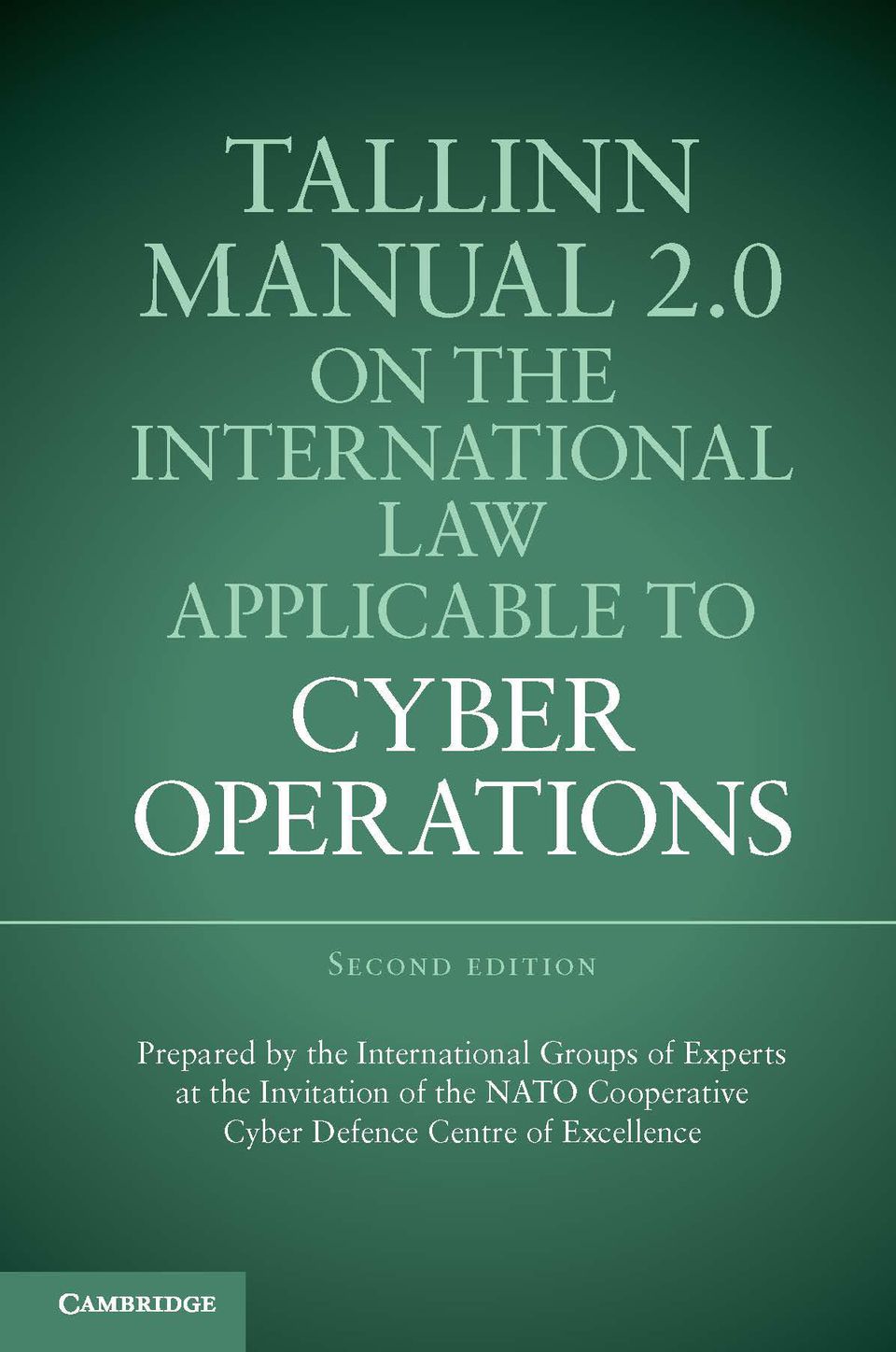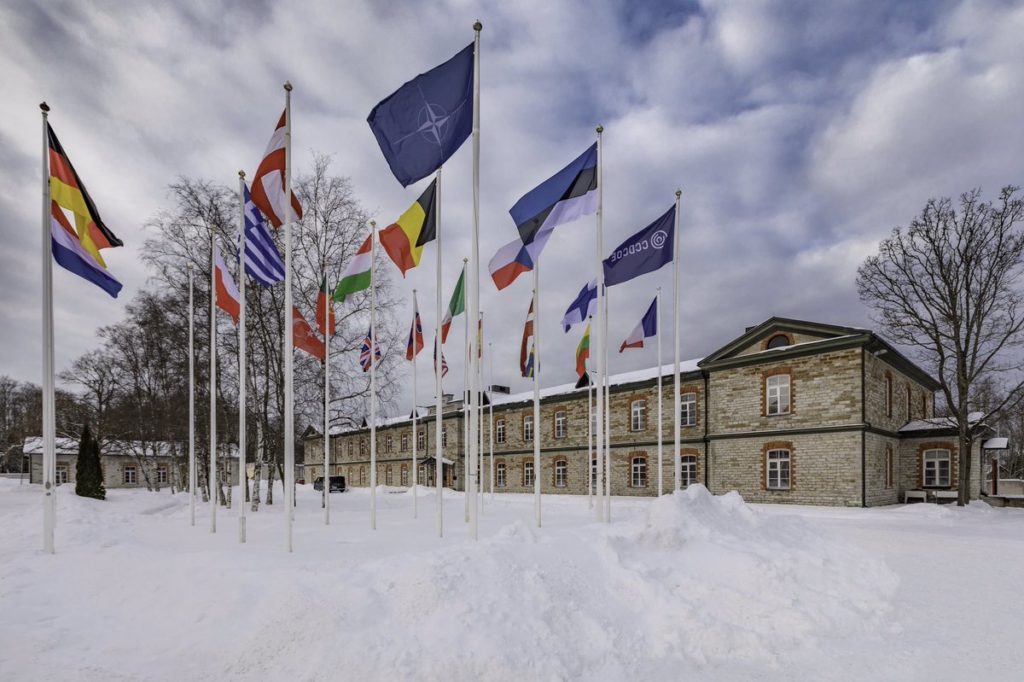The Tallinn Manual

The Tallinn Manual is an incredible tool for lawyers because it represents a high-level analysis of the problems of interpreting current international law in light of the new challenges of cyberspace. It is written by legal experts who have assessed the relevance of international law, its application and its direct adaptation to new cyber issues.
However, the Tallinn Manual has no legal value and is therefore non-binding. It reflects the analysis of only 20 international experts, not representative of the entire international community and the work was made possible by the limited number of participants.
It represents the first step in a future consensus among nations on the applicability of international law norms to cyber attacks. It was initiated by the contributing member states of the Cooperative Cyber Defense – Centre of Excellence (CCD-CoE).

The manual examines the norms of international law applicable to cyber conflicts, whether international or non-international, and is strictly limited to cyber operations. Only cyber operations that reach a certain threshold are analyzed in the manual. All operations that have not reached the “degree” of use of force under the UN Charter, such as cybercrime or cyberespionage, are not studied, except in the case where such an act is directly linked to an armed conflict.
The 95 rules in the manual are drafted with the consensus of the group of experts working on the application and interpretation of the rules of international law and not the practice or policy choices of any particular nation. The objective of the manual is to provide states with a detailed and understandable analysis of the standards to be applied in cyberspace.
It is based on three major objectives:
- to interpret existing norms by applying them to cyberattacks;
- to reconnect the cybertechnical and legal worlds in their analysis and mutual understanding;
- to gauge the capacity of states to seek consensus on ethical and legal limits in cyberspace, including what is meant by armed aggression or use of force.
Points on which there was no consensus:
- Assessing the threshold for armed aggression. The experts referred to a “high threshold”, but did not quantify it ;
- The notion of self-defence ;
- The notions of organized armed groups and direct participation in hostilities.
Sources:
- Barat-Ginies Oriane, ‘Existe-t-il un droit international du cyberespace ?’, https://www.cairn.info/revue-herodote-2014-1-page-201.htm
- Kempf Olivier, ‘Le Manuel de Tallinn’, http://www.egeablog.net/index.php?post/2012/12/11/Le-Manuel-de-Tallinn-%253A
